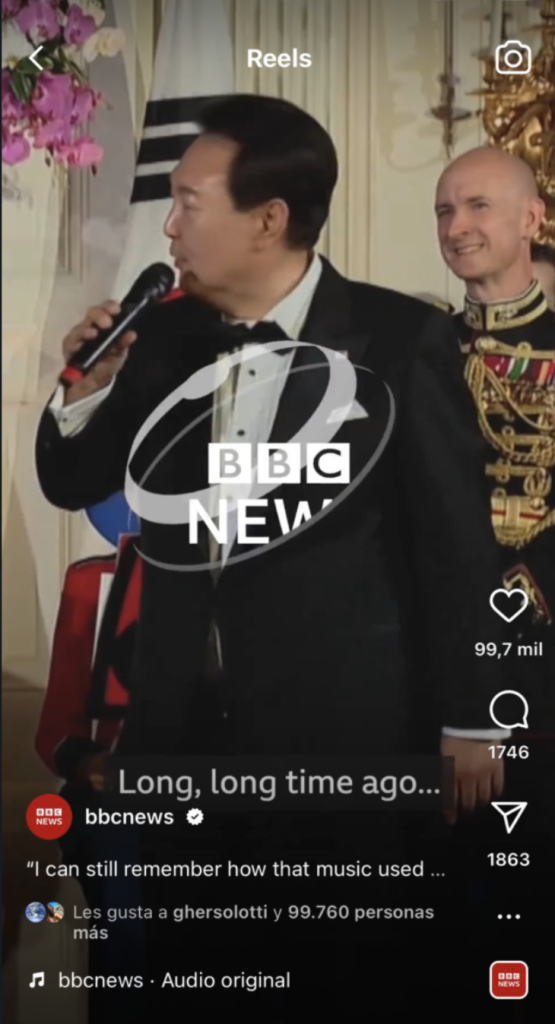The podcast “Digital News Report 2022. Episode 2: The news habits of younger audiences” published by the Reuters Institute for the Study of Journalism discusses the habits of younger audiences on three main grounds: their interest in news, reliance on social media, and the way they engage on these platforms.
The host of this episode is Federica Cherubini the Head of Leadership Development at the Reuters Institute. And the guest is Dr Kirsten Eddy a Postdoctoral Research Fellow in Digital News at the Reuters Institute for the Study of Journalism. She mainly focuses on moral and civic media and political discourse. Also, she is the author of the report that we are going to analyze in this article about how the younger audience interacts with the news.
First, we need to make clear that it isn’t correct to talk about ‘young people’ when conducting research, first, we have to select a specific target. In the podcast, Kirsten mentions that they segregated them into two main groups. First, we have the ‘social native’ ages from 18-to-24 year-olds that grew up with social media and then we have the ‘digital native’ from 25-to-34 year-olds, who grew up in the information age before social media became a thing.
Interest in news
An important question that needs to be asked before starting with the interest of the youngsters is How do these kinds of generations interpret the word ‘news’? For starters, social natives have a wider definition of news than digital natives, since they include more topics than politics and currents after s, such as sports, celebrity gossip, culture, and science. It’s interesting how younger generations value more celebrity gossip than older generations since gossip can bring you so much information from the people that handle the public sphere where they give important things to be discussed. An example of this is the case of Ana Obregón a Spanish celebrity who has decided to have a baby with her deceased son’s sperm in a surrogate pregnancy, this opens discussion on so many levels starting from the fact that surrogate pregnancy in Spain is illegal the moral discussion of using her deceased son’s sperm that is an important matter to handle.

So when analyzing the interest in news media we can feel the presence of one of the main problems that a journalist can find and it’s news avoidance. Kirsten notes that this issue is increasing among social natives, since many news articles can produce a negative effect on their mood, and can also become overwhelming by being bombarded with the coverage of certain topics such as politics and COVID-19. Social natives are looking for stories that don’t negatively affect them and they also demand more casual and impartial content. Since, as we said before, younger generations are more interested in niche and personalized content.
Reliance on social media
As for the reliance on social media, the digital report tells us that “Younger audiences rely more on side door sources such as social media, aggregator sites, and search engines to access news”. So this means that there is decreasing trust in traditional media, such as newspapers, TV, and radio. Therefore, they tend to focus more on this side-door media because of the way that they receive the news, making them so visual, entertaining, personalized, and diverse content, and as a resource for niche interests and hobbies. That they like it better that way. Something to take into account if you are trying to reach this audience. Even though the social native consumes the news through social media platforms the research shows that there isn’t an important widespread increase as could have been predicted. Sometimes, I feel like people think that just because it’s published on social media it’s not rigorous enough, but it’s just another way of presenting news by making it more visual and entertaining. They don’t lose any value it’s the other way around it gives more value to the news. The main thing is to look at the source but the way it’s presented doesn’t influence much on the substance of the news. As an example The BBC News produce reels with interesting news.

The Re-engaging of social natives
When thinking about who they engage with firstly we need to keep in mind that they engage differently than older generations, so we can’t treat them all the same way. This is the main challenge of media organizations since they try to get the attention of the social natives but for that Kirsten advice is that he offers diverse voices, perspectives, formats, media, and topics so this way they can engage more with social natives. Another way of making the younger generations interact with the organization is by making content in a format more casual and visual to reach them. By having more channels open it’s going to be easier to interact with the social natives.
In conclusion, I believe that social natives most of the time are very underestimated by older generations. But they have proven more than once that there is another way for things to be done, other’s perspectives offering so much diversity in the evolution of communication.

